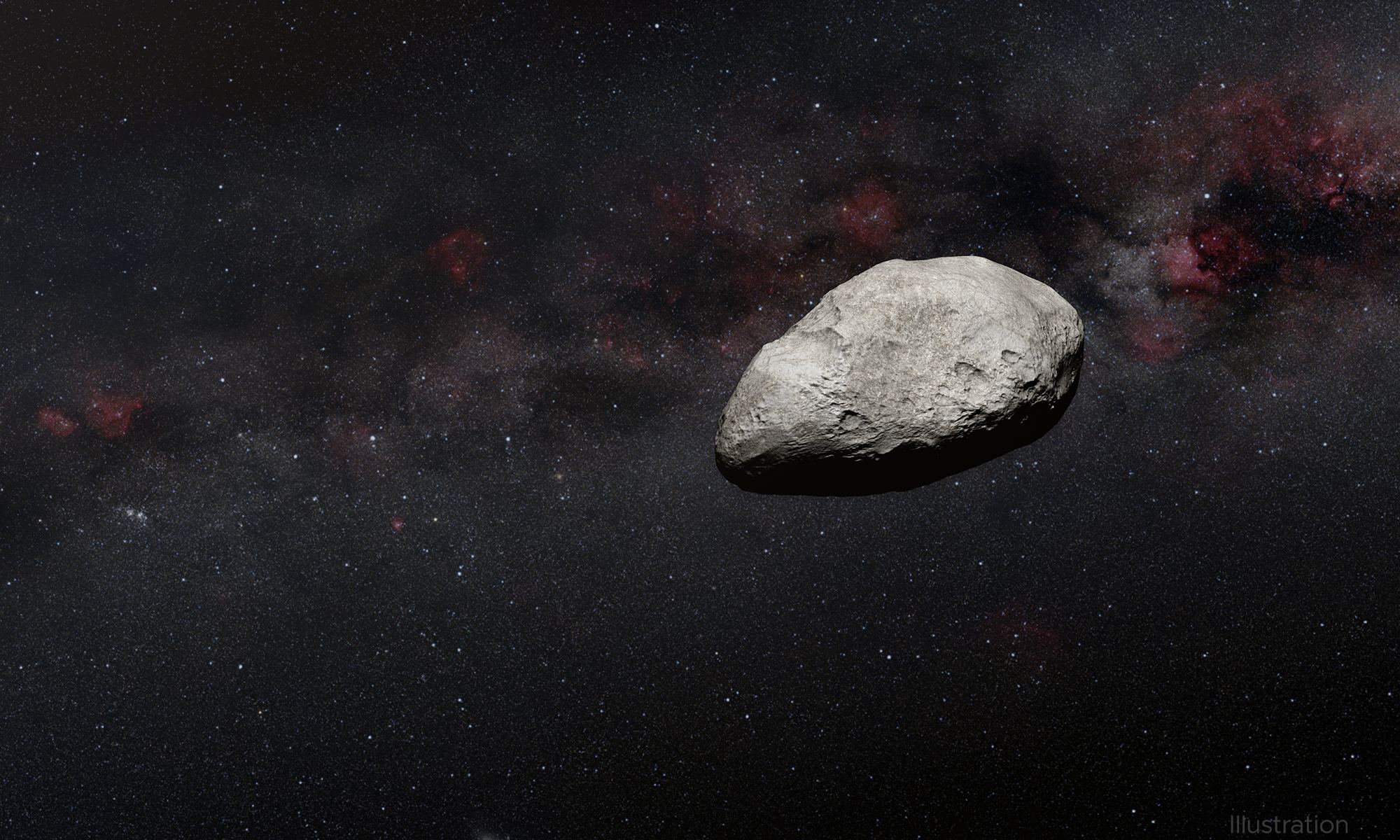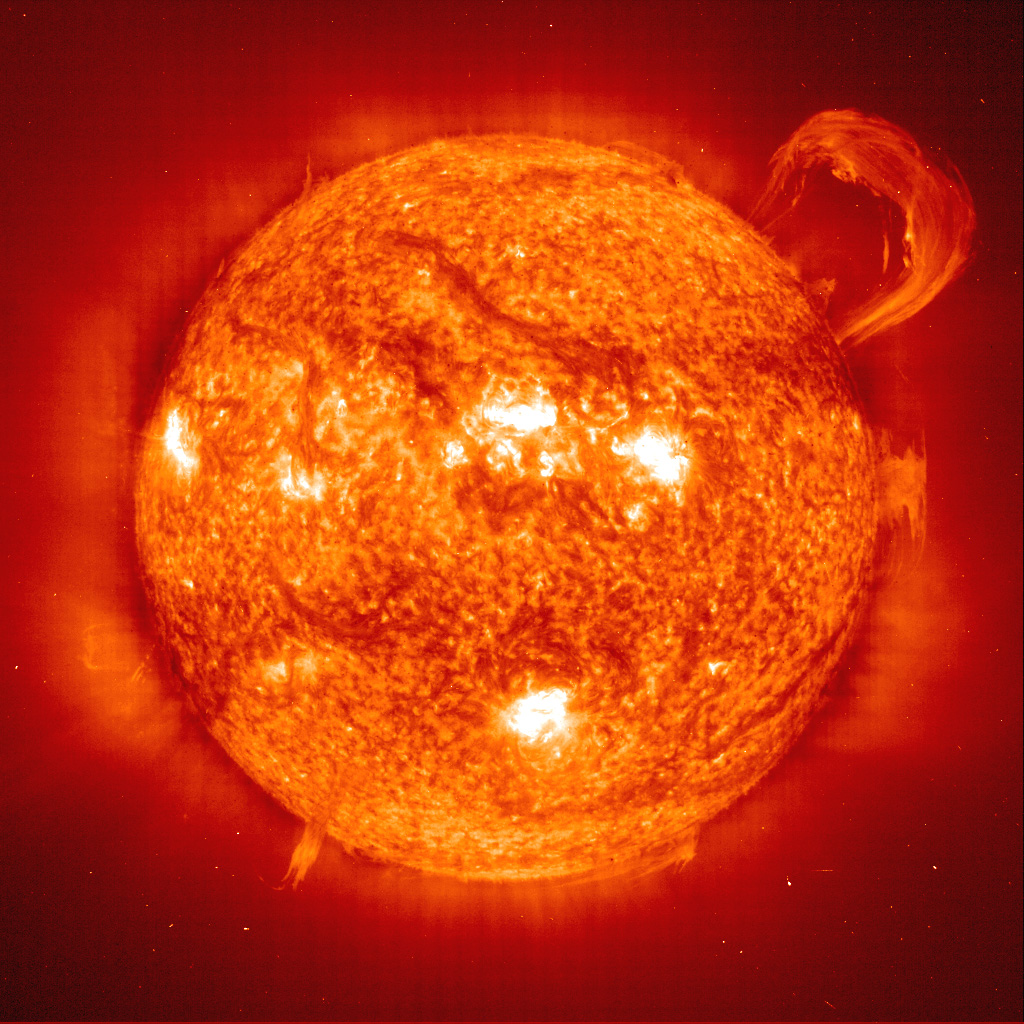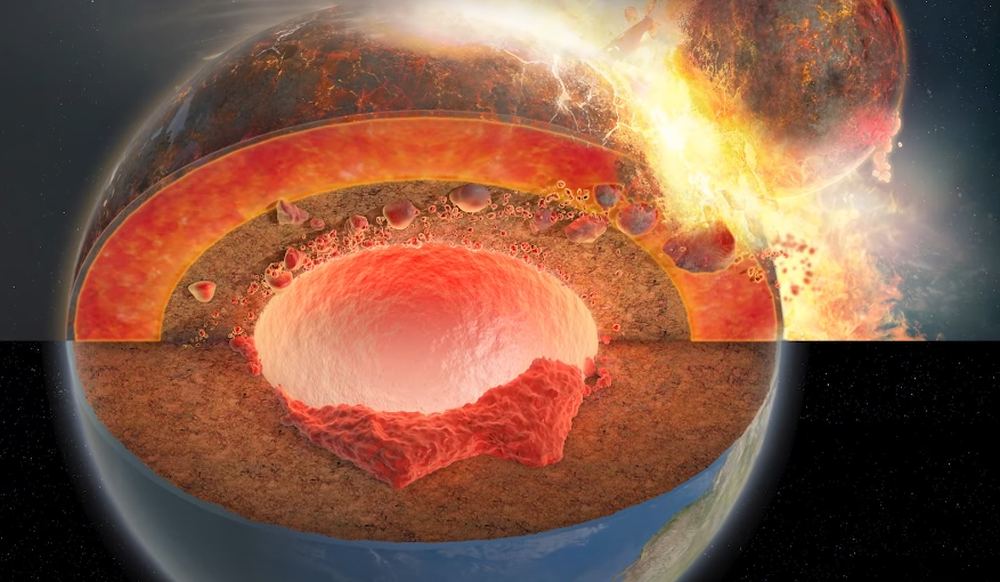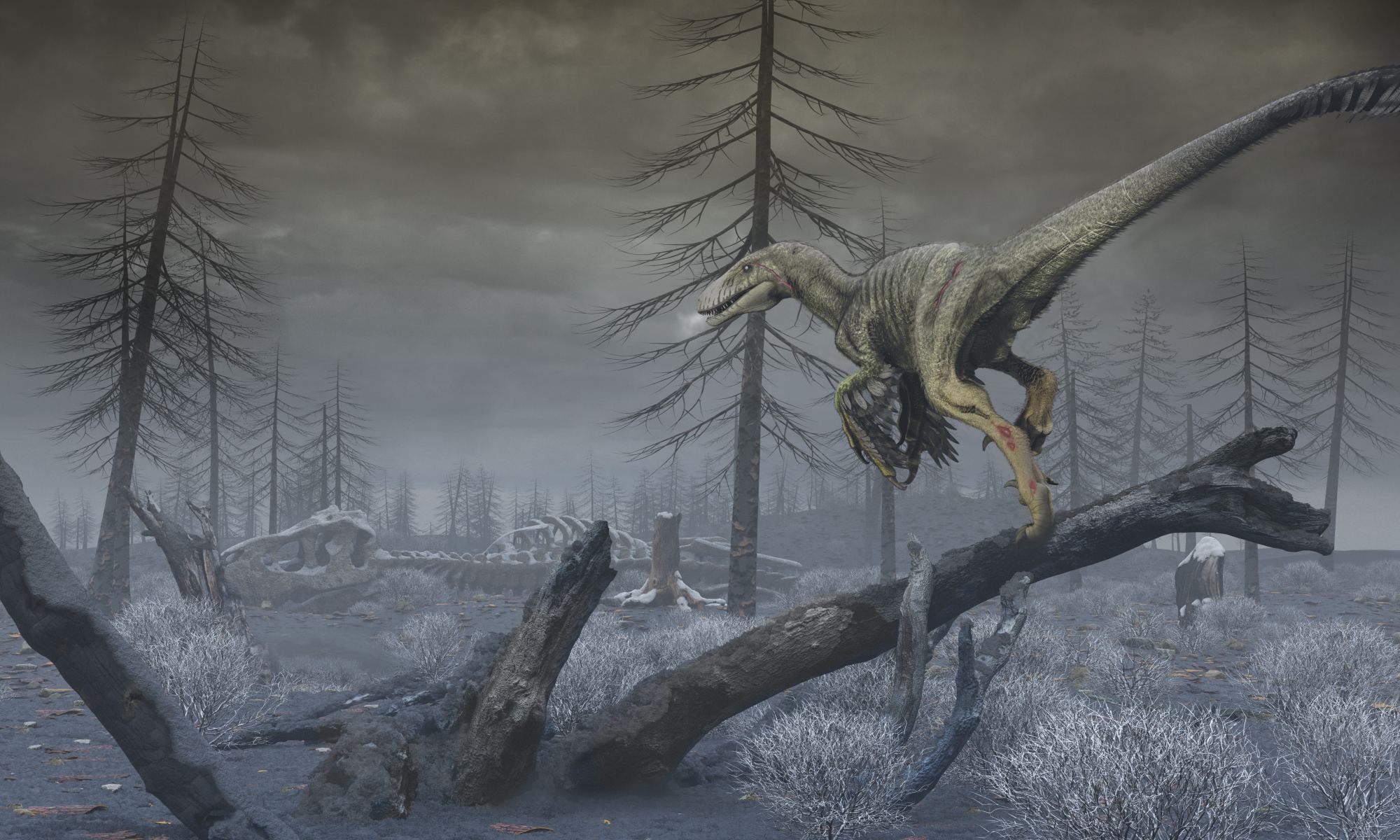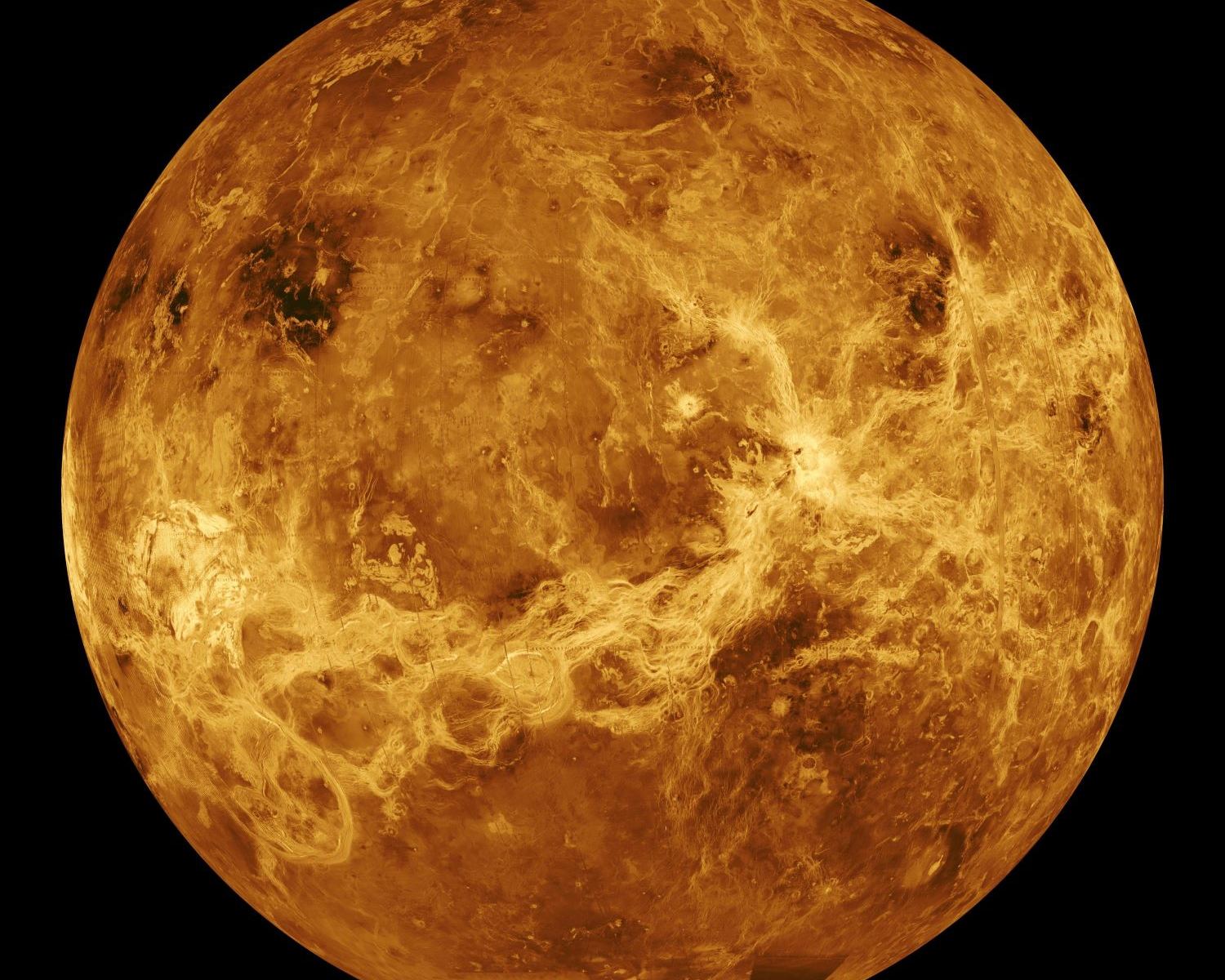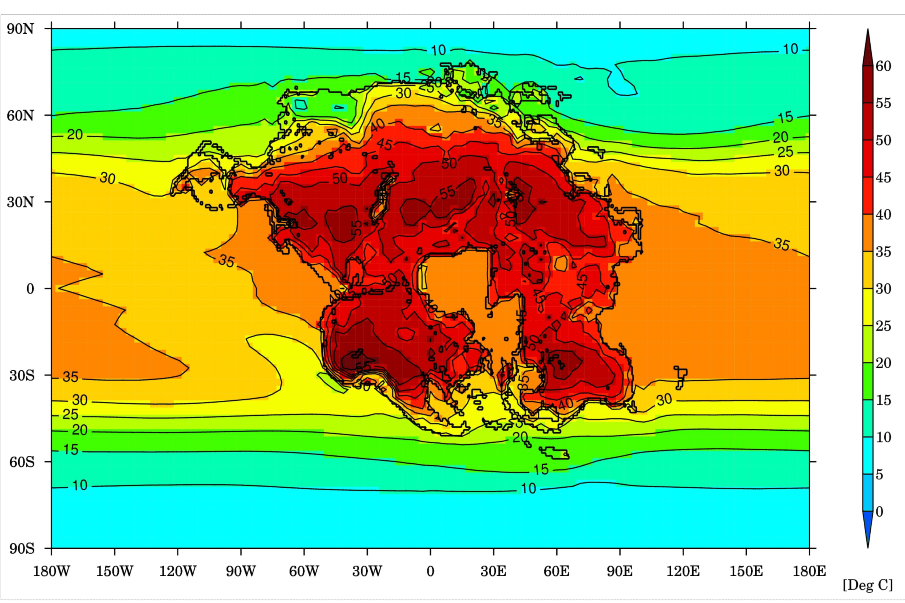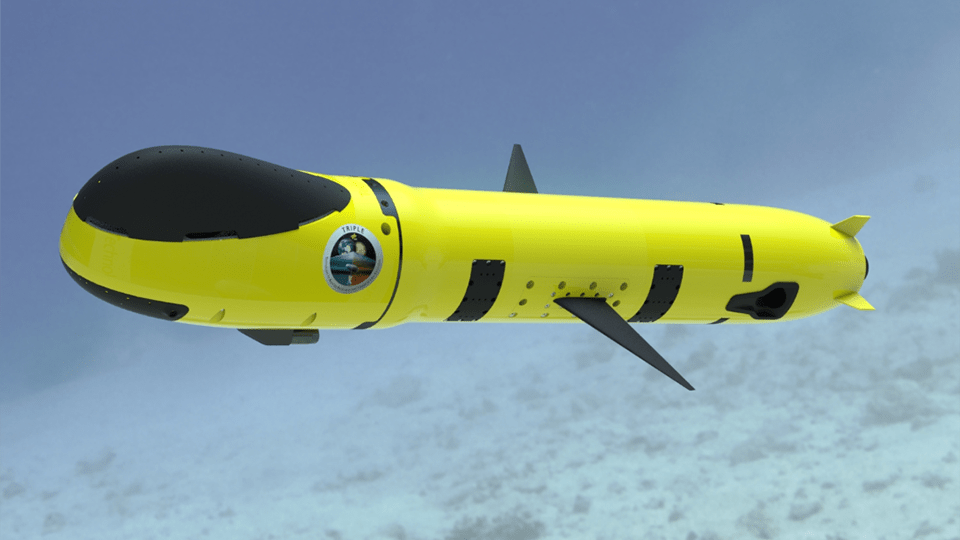While preparing for the threat of an asteroid strike might seem like a hypothetical exercise, it’s really not. The Solar System has calmed down a lot from earlier times when impacts were more frequent. But it is only a matter of time before an asteroid heads straight for Earth. The probability of an impact is not zero.
Equally as difficult as determining when one will come for us is the task of getting humanity to cooperate and prepare for it.
Continue reading “If You’re Trying to Prevent an Asteroid Impact, the Technical and Political Challenges are Staggering”
